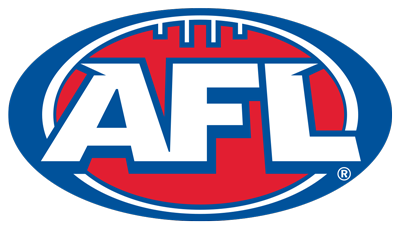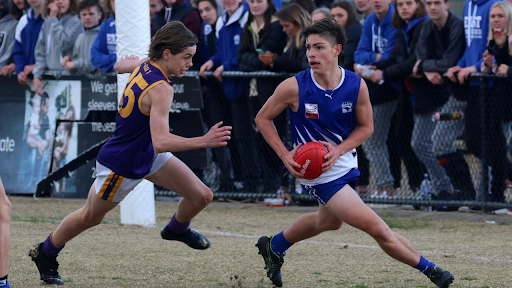Eastern Football League
Last updated on May 29, 2024 at 14:43 pm
Posted on May 20, 2024 at 06:31 am
The Eastern Football League (EFL) stands as a vibrant testament to the passion and dedication for Australian rules football within Melbourne's eastern suburbs. Known for its rich history and competitive spirit, the EFL brings together communities, fosters local talent, and showcases some of the finest football outside the professional leagues. In this guide, we'll explore the league's origins, its current structure, the teams that compete, and the significant role it plays in the local community.
History
The EFL was established in 1962 and has grown to become one of the largest and most competitive Australian rules football leagues in Victoria. Originally known as the Croydon Ferntree Gully Football League, it adopted the name Eastern Districts Football League in 1966 and eventually became the Eastern Football League in 1997. Throughout its history, the league has expanded, merging with other local leagues and continuously adapting to the evolving landscape of community football.
Teams
The EFNL has lots of teams split into different divisions. Here’s a look at some of the current and former teams:
Current Clubs
Former Clubs
Highlights from Recent Seasons
The EFNL has seen some thrilling action in recent years:
2019: The league rebranded to include netball, showing how it values all sports.
2020: The season was canceled due to the COVID-19 pandemic, but the league bounced back strong.
2022: With the addition of Beaconsfield and Oakleigh District, the league grew to 48 teams.
Notable Players and Coaches
The EFNL has been home to some amazing players and coaches:
Corey Enright: Played for Kimba Districts and became an AFL star.
Shaun Rehn: Known for his time with Ports and later in the AFL.
Grant "Puggy" Jenner: A legendary coach for Cleve.
Ivan "Shorty" Shubert: Coached Darke Peak and Cleve, known for his strategic mind.
Structure and Divisions
The EFL is structured into multiple divisions, ensuring competitive balance and providing opportunities for clubs of varying strengths to compete. As of the 2024 season, the league features:
Premier Division: The top-tier division showcasing the highest level of competition.
Division 1: The second-highest division with strong competitive teams aiming for promotion.
Division 2: A mid-level division where teams strive to ascend the ranks.
Division 3: Features clubs developing their skills and aiming for higher competition levels.
Division 4: The entry-level division, often where newer or smaller clubs compete.
Each division consists of multiple clubs that play a home-and-away season, culminating in a finals series to determine the champions and promotion/relegation outcomes.
Community Impact
The EFL is more than just a football league; it's a cornerstone of the community. It fosters a sense of belonging, encourages physical activity, and provides a platform for young athletes to develop their skills. Local clubs often engage in community outreach programs, supporting schools and local initiatives. The league also plays a vital role in promoting mental health awareness and inclusivity within the sport.
Player Development and Pathways
The EFL is a crucial stepping stone for aspiring footballers aiming to reach higher levels of competition. Many players who start in the EFL go on to play in the Victorian Football League (VFL) or even the Australian Football League (AFL). The league's focus on youth development ensures that young talents receive the training and support needed to progress in their football careers.
The Eastern Football League is a vibrant, dynamic part of Melbourne's sporting landscape. Its rich history, competitive divisions, and strong community ties make it a vital institution for Australian rules football. Whether you're a passionate supporter, an aspiring player, or someone new to the sport, the EFL offers something for everyone. By understanding its structure and significance, we can appreciate the pivotal role it plays in nurturing local talent and fostering community spirit.
For more detailed information visit Eastern Football League Wikipedia Page.

